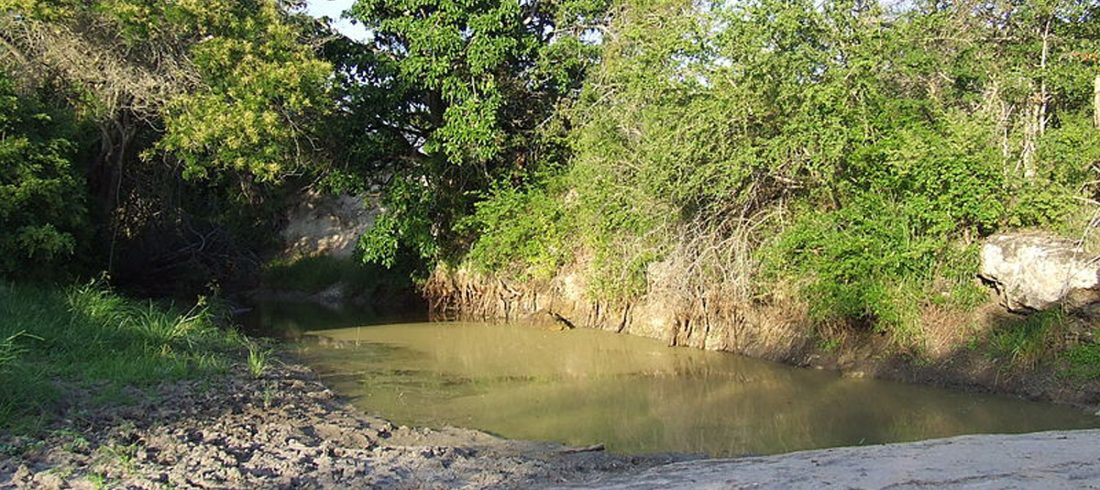
The Rhinoceros sanctuary, the regained glory of a former gem, now the newest of Tanzania’s National parks with a growing population of wildlife in between mountains and the Indian Ocean.
Your visit to Mkomazi can be combined with Saadani National Park, where bush meets the beach, the northern parks, or your beach holiday at the Pangani coast.
Lying under the slopes of the spectacular Usambara Mountains and the Para Mountains (Eastern Arc Mountains), monitored by the snow-capped top of Kilimanjaro, you will find Mkomazi.
This virgin beauty with the unique natural treasures and a sense of space, are increasing the satisfaction of the visitor’s expectations.
A great experience and well worth visiting situated between the parks in the north and Tanzania’s coastal gems.
On one of the busiest highways, a few kilometres from Mkomazi National Park, thousands of people pass daily. You, and all other safari travellers in the northern national parks, are now invited to discover Mkomazi’s slopes and plains. – The home to large herds of giraffe, eland, hartebeest, zebra, buffalo and elephants.
The park is also a vital refuge for two endangered species extinction detection, the charismatic black rhino and the social African wild dog, both successfully re-introduced in the 1990’s.
As the wild dogs, by nature, have a nomadic life, they can be seen almost across the park, while the rhinos have a fenced sanctuary to ensure their safety for future generations of visitors.
Mkomazi has several animal species, particular for dry areas, than you can find elsewhere in Tanzania.
These include the amazing fringe-eared oryx, with its long backward-looking horn, and the magnificent lesser-kudu, crowned with spiral horns.
The rarities among them all is the gerenuk, a gazelle with distinguished slender neck, bizarre alien-like head, and who has a habit of standing upright on it’s hind legs, while eating acacia leaves, that other bush eaters will not reach.
A Game Reserve since 1951, now a new National Park named after the Pare-tribes word for little water.
It is also a fantastic destination if you are interested in birds, since the park has more than 450 species recorded.
Location:
Northern Tanzania split between Kilimanjaro and Tanga administrative regions. The park also borders Tsavo west National Park in Kenya. The Zange entrance gate lies 112 km (69 miles) from Moshi, 550 km (341 miles) from Mwalimu J. K. Nyerere International Airport – Dar es Salaam, 142 km (88.7 miles) from Kilimanjaro International Airport, 120 km (75 miles) from Kilimanjaro National Park – the roof of Africa and 6 km (3.7 miles) from the town of Same.
How to get there:
By road, Mkomazi is easily accessible via Same, which lies on the surfaced highway connecting Arusha to Dar es Salaam. The Park is also easily accessible on special arrangement through Njiro, Kivingo and Umba gates. Park can also be easily accessed from nearby/close existing tourist attractions in Eastern Arc Mountains, Coast and Kilimanjaro Mountain. Charter flights are available to Kisima airstrip.
What to do:
Game drives, camping, sightseeing, bird watching, walking safari, and hiking (uphill). Learn more about conservation and rhinoceros at Mkomazi rhino sanctuary.
When to go:
Late June – early September is best for large mammal and bird watching. Scenic beauty is at its peak March – June.
Accommodation:
Few designated basic campsites where one must bring camping gear and food. Same town have several small hotels and guest houses.